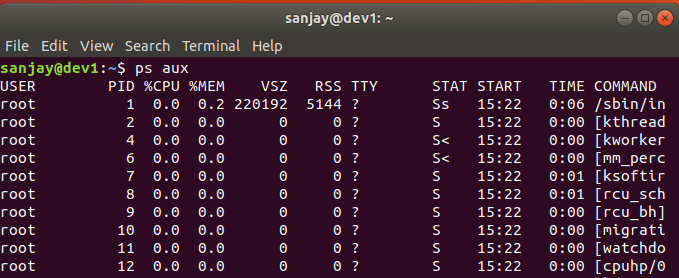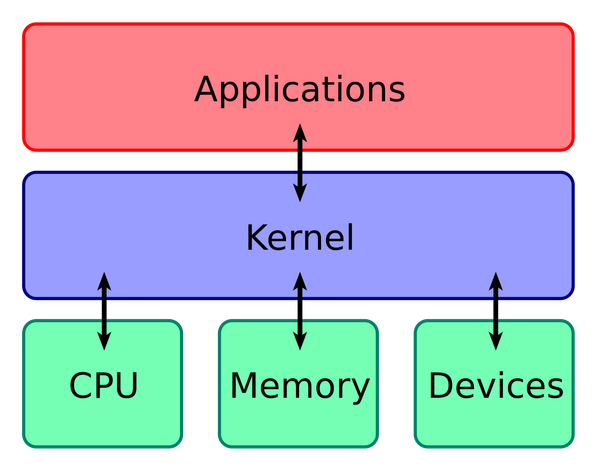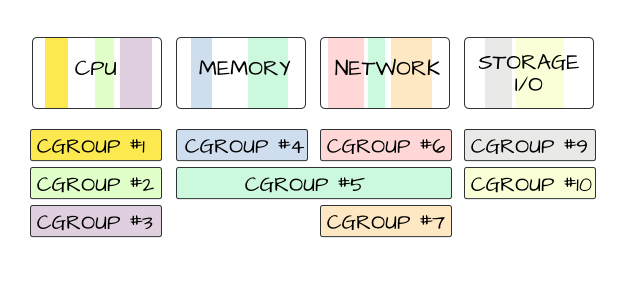Navigating the Linux command line can be an efficient and powerful way to interact with your system. Here are the top 10 most commonly used Linux commands that every user should know:
1. ls - List Directory Contents
The ls command lists files and directories within the current directory.
Basic Usage:
shCopy codels
Common Options:
ls -l: List in long format (detailed view)ls -a: List all files, including hidden ones
2. cd - Change Directory
The cd command changes the current directory to another directory.
Basic Usage:
shCopy codecd/path/to/directory
Common Shortcuts:
cd ..: Move up one directorycd ~: Go to the home directory
3. pwd - Print Working Directory
The pwd command prints the full path of the current working directory.
Basic Usage:
shCopy codepwd
4. cp - Copy Files and Directories
The cp command copies files or directories from one location to another.
Basic Usage:
shCopy codecpsource_file destination_file
Common Options:
cp -r : Copy directories recursively5. mv - Move or Rename Files and Directories
The mv command moves or renames files or directories.
Basic Usage:
shCopy codemvold_name new_name
or
shCopy codemv/path/to/file /new/path/to/file
6. rm - Remove Files or Directories
The rm command removes files or directories.
Basic Usage:
shCopy codermfile_name
Common Options:
rm -r: Remove directories and their contents recursivelyrm -f: Force removal without prompt
7. touch - Create an Empty File
The touch command creates an empty file or updates the timestamp of an existing file.
Basic Usage:
shCopy codetouchfile_name
8. mkdir - Create Directories
The mkdir command creates new directories.
Basic Usage:
shCopy codemkdirdirectory_name
Common Options:
mkdir -p /path/to/directory: Create parent directories as needed
9. grep - Search Text Using Patterns
The grep command searches for patterns within files.
Basic Usage:
shCopy codegrep "search_term"file_name
Common Options:
grep -r "search_term" /path/to/directory: Recursively search in a directorygrep -i "search_term" file_name: Case-insensitive search
10. chmod - Change File Permissions
The chmod command changes the permissions of files or directories.
Basic Usage:
shCopy codechmod755 file_name
Permission Notations:
r: Read permissionw: Write permissionx: Execute permission7: Read, write, and execute (rwx)6: Read and write (rw-)5: Read and execute (r-x)4: Read only (r--)
Conclusion
Mastering these top 10 Linux commands will greatly enhance your productivity and efficiency when working with Linux systems. Whether you are managing files, navigating directories, or searching for specific data, these commands are foundational tools for any Linux user.







